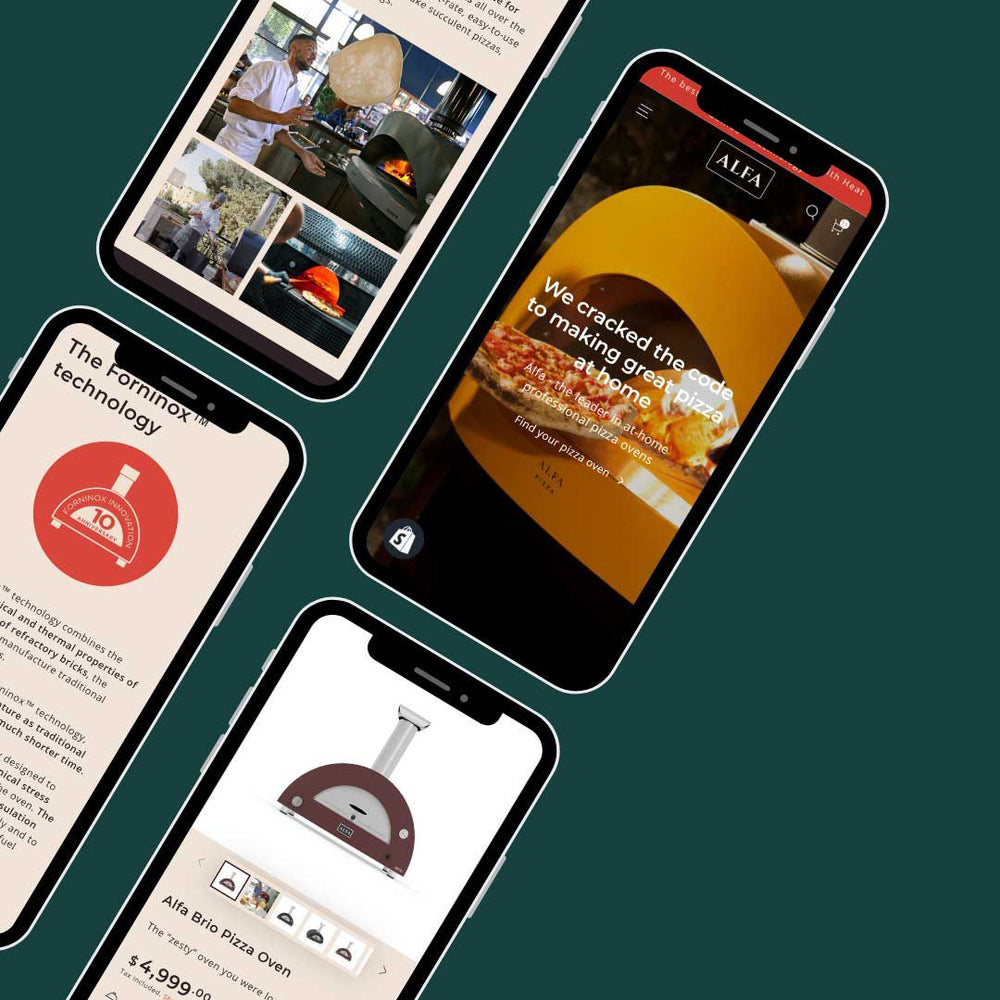Ace Your Small Business Photography Regardless Of Your Budget
When you have a small business, there are lots of things you need, but you don’t always have the funds to pay for a professional. So you end up doing a lot of DIY. Fortunately, when it comes to small business photography, you can do quite a lot with a little budget, if you know what you are doing.
But even when it comes time to parting with your hard earned dollars, how do you know where to invest it wisely? Let’s look into your small business photography - why you need it, how you can take great shots on a small budget, and how you can choose a professional photographer when the time is right.
Why Focus On Small Business Photography?
Customers are constantly bombarded with information in their daily life - on the web, through social media, even in apps. They see hundreds of messages every day, so you need to have a way of getting your message across quickly and effectively. They say a picture tells a thousand words. So if you have great images associated with your brand, you tell your story in an instant.
With the rise of online shopping, customers don't get the chance to physically hold something in their hand before they buy it. So when they navigate to your product page, you want to prove the quality of your product, that they will get what they pay for, and that they can trust your brand. The best way to do all of this is to have great product images.
But it doesn’t just stop with pretty pictures. To present your products in the best way, you need to have uniformity with your images. Ensure they are sized correctly, match each other, and that they line up on the page. You want to load a web optimised file as opposed to your original image. That will keep your website load times speedy and attractive.
How To Get Professional Photography On A Small Business Budget
It is possible to get good images with just your smartphone, a few props and a bit of know-how. Here are our top 5 tips for great small business photography on a budget…
1: Background
A white background is a great starting point as it won't interfere with your product. You can easily edit it later to a different colour using editing software. You can set up your own shooting station by putting white paper, cardboard, or fabric over the back and seat of a chair. If you are doing a flat lay then you can use the same materials directly on the floor.
2: Placement and Styling
Your products should be in front of your background and on a flat, stable surface. From there you can decide if you want to embrace the simplicity of having your product stand alone, or if you want to add some appropriate styling props. If you choose to use props, ensure there is nothing that is going to obstruct your product in the image, or detract from it.
3: Lighting
When on a budget, the easiest option is to use natural light. Start with placing your set up near a large window that lets in a lot of light. You want a soft, natural light so an overcast day is perfect. But if the sun is shining strongly, you can always hang a sheet over the window to diffuse the light a little bit. Minimise shadows by using white cardboard on either side of the product. Good light is hard to edit into a photo, so try and nail your lighting when shooting.
4: Camera Setup
Most smartphones have great cameras on them, so you can use yours to take your product shots. As long as you get your background and lighting right, a smartphone can take a shot that is just as good as a camera. You may want to consider investing in a tripod for your smartphone to keep your images stable and remove any blurriness from movement.
5: Post Production
Don’t forget to edit your photos after you have taken them. Remove any imperfections, take away shadows and adjust your hues. Editing and retouching can make a photo go from OK to wow. There are plenty of free editing tools that you can use like Pixlr, Canva, or Snapseed.
Finding The Right Product Photographer
When you move past teh DIY phase, don’t just call the first person on your Google search. Choosing the right photographer for your business will determine whether you get the shots you are after. Every photographer has a different style and approach, so you need to find the one that aligns with your brand. Some products require specialist knowledge to shoot, especially food and jewellery. So if you are in one of those niche businesses, check to see that your photographer has the expertise.
As with any service provider, you often get what you pay for. If a deal seems too good to be true, then it potentially could be. Do your homework on reliability and the quality of their work before signing on with someone. If your products are small and easily shipped, you don’t even need to pick a local photographer. You can simply courier them the items, they shoot your products in their studio and return to you afterwards.
Having great product images is important to build trust and show transparency in your business. People want to know what your products are all about and what they are going to get if they trust you with their purchase. Great images sell products so it is really important to get your small business photography right.




